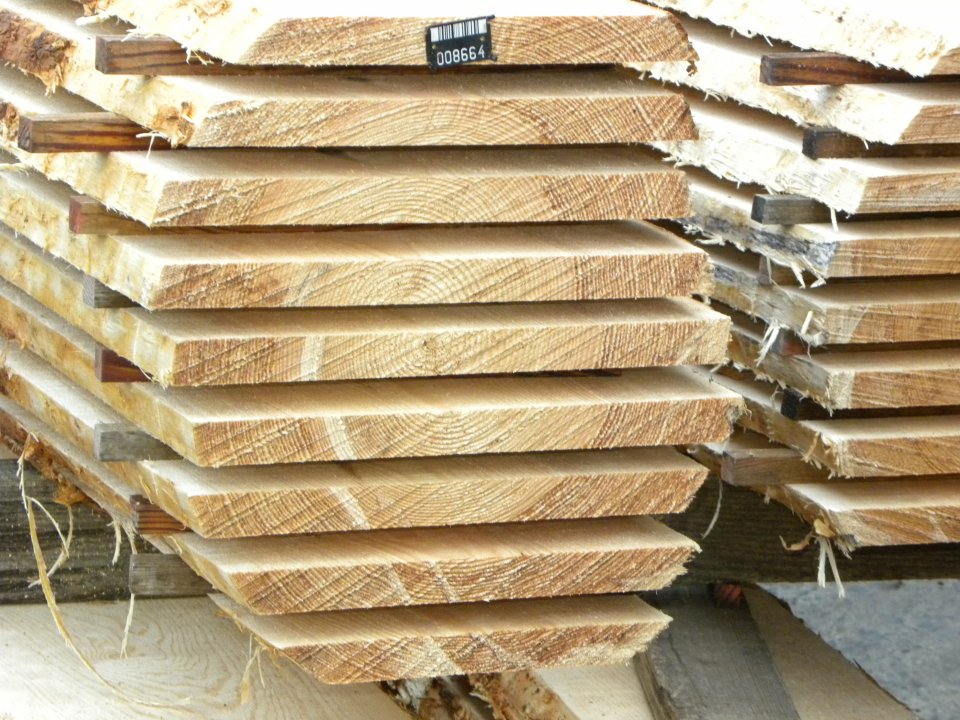
Within the framework of the European project SustForest Plus for the revival of gemmaging in Europe, the Centre Régional de la Propriété Forestière de Nouvelle-Aquitaine has commissioned the technological institute Forest Cellulose Wood and Furniture to analyse the impact of resin extraction on the technological characteristics of pine wood (mechanical properties, drying, aesthetics, etc).
The resin from the maritime pines of the Landes is extracted since antiquity. The resin harvesting was a very important activity for the local economy, more than wood harvesting.
During the second half of the 20th century, the import of cheap resin from emerging countries caused the activity to stop in France. Today, the main source of income for the forest owner is, therefore, wood harvesting. The revival of resin harvesting could constitute additional income for the forest owner, provided that it can be demonstrated that the activity does not have a negative impact on wood quality.
Old studies have already carried out similar experiments (A.Oudin and P.Buffault). The conclusions were as follows: resin extraction leads to a slight decrease in growth and therefore an increase in density. It also leads to an increase in compressive, flexural and buckling strength as well as better preservation (increased resistance to insects and fungi due to chemical transformations).
These results should be qualified because the extraction method is no longer the same as before. The study will, therefore, make it possible to update these results.
Pine resin is harvested for three years using the Biogemme method (open circular pikes using a mechanized tool and resin activator). 6 trees whose resin has been harvested will be compared to 6 trees whose resin has not been harvested. Following the cutting of the trees, the following elements will be studied :
- Quality of the wood by characterization of the mechanical performances (4-point edge bending tests, BRINELL hardness test)
- Drying time and energy costs (target moisture content of 14%)
- Resin uplift (aesthetics) of sawn timber
- Finish adhesion (measurement by Persoz pendulum for surface characteristics, " quick" degradation test by QUV, and adhesion of the finish quantified by the Positest)
Analysis of the impact of resin extraction on wood quality is essential for the revival of this activity. Some forest owners could refuse to harvest the resin from their pines on the pretext that the injury causes a drop in wood quality and therefore in income. The results of this study may also be interesting for wood processing companies.
If the results are positive, a communication campaign should be planned at the end of the research project. The main addressees should be forest owners and maritime pine wood processing companies. Indeed, if the impacts of resin extraction on wood quality are positive, it will then have an advantage in the sale of wood for the owner, in addition to the income from the resin harvest.
Henri Husson h.husson@crpf.fr
Jean-Denis Lanvin jean-denis.lanvin@fcba.fr
Further information
A.Oudin, Le gemmage des pins en France
P. Buffault, Etude sur la côte et les dunes du Médoc. Souvigny (Allier) 1897.
Xavier Grenié © CNPF
